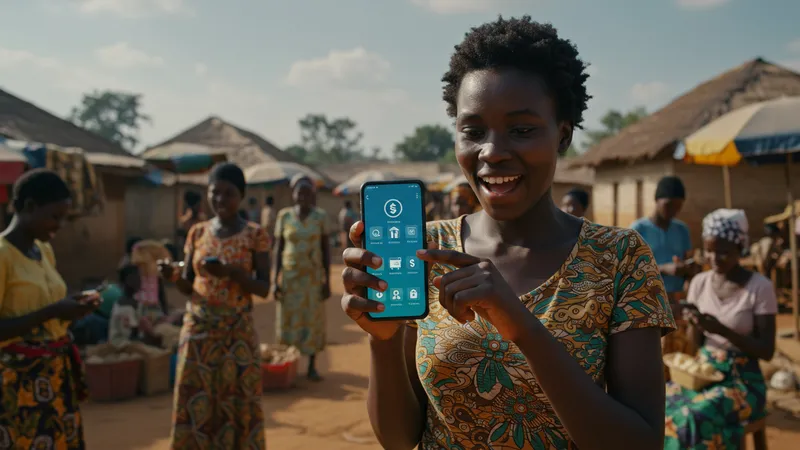
A Complete Guide To Modern Banking Services
The Power of Financial Inclusion Through Tech
Modern banking technology is opening doors once locked to the world’s unbanked population. An estimated 1.7 billion adults remain without a bank account, but initiatives focusing on mobile banking and microfinancing are changing lives. Imagine managing finances through a smartphone app in regions without traditional banking infrastructure.

The impact is profound, with platforms like M-Pesa in Kenya revolutionizing access to financial services, allowing users to save, borrow, and transfer money directly from their phones. This shift is proving vital for economic empowerment, enabling individuals to build credit and invest in their futures with previously unimaginable ease.
However, despite these advances, challenges such as digital literacy and access to technology remain critical obstacles. For technology to realize its full potential in fostering financial inclusion, targeted educational efforts and partnerships must address these gaps, ensuring equitable access across different populations.
As innovations continue, financial technology has the power to reshape economies and societies, promoting sustainability and growth. The road to full financial inclusion is long, but the ongoing technological advancements signal a promising future. Could technology erase the banking divide entirely?